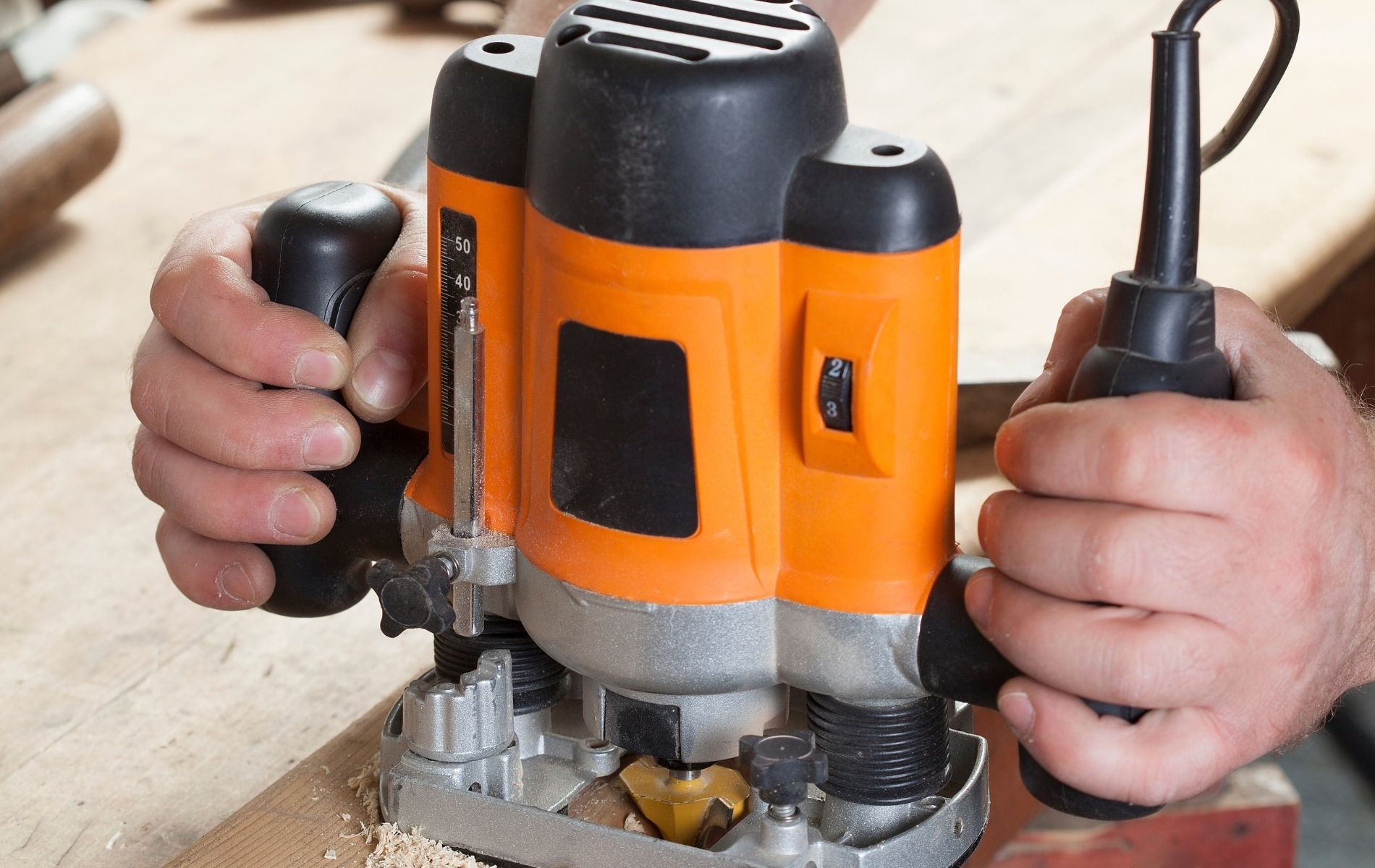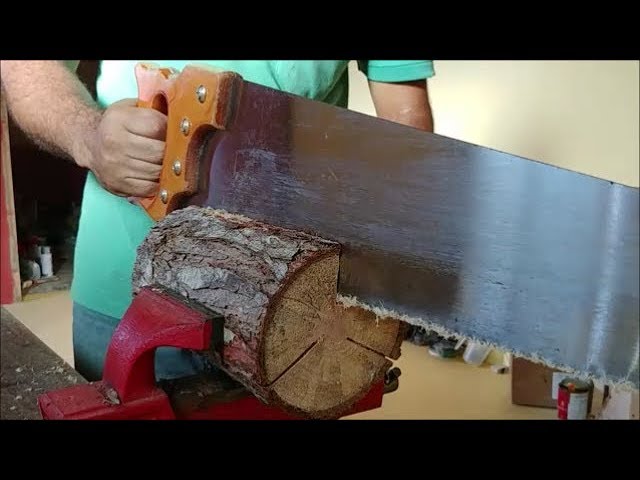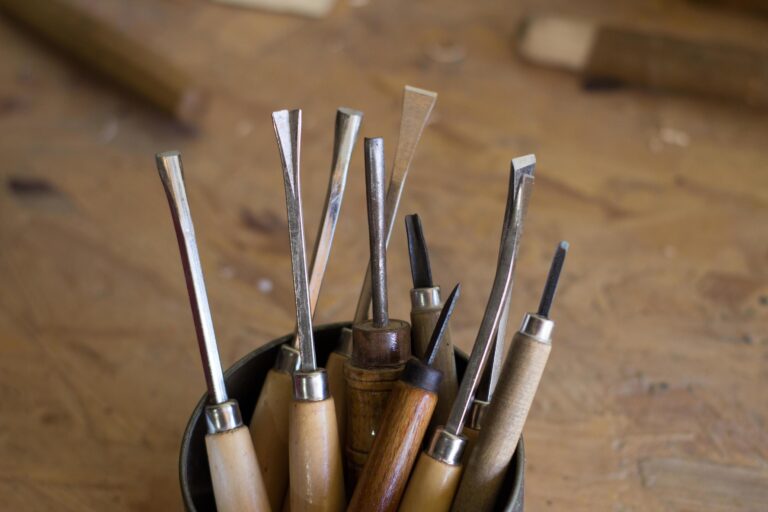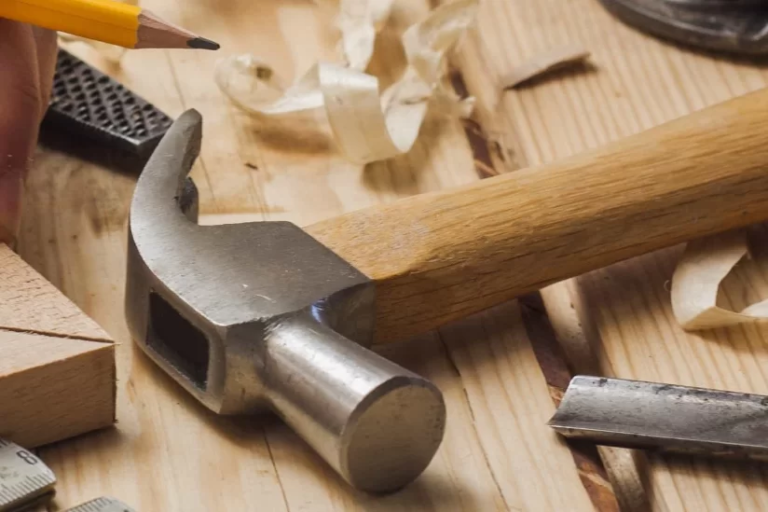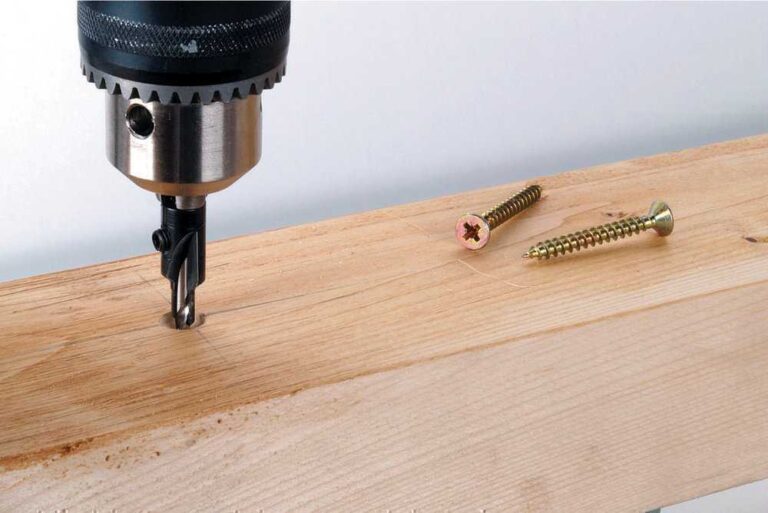Woodworking Routers: Essential Tips for Creating Intricate Details
In woodworking, the use of routers is essential for creating intricate and precise details in wooden projects. Routers are versatile tools that allow you to create different types of cuts and frames, providing a refined and elegant finish to pieces. In this article, we will present essential tips for correctly using routers and creating precise and elegant details.
Table of Contents
What is a Tupia?
A router is a power tool widely used in woodworking to make precise cuts and create intricate details in different types of materials, such as wood, plastic and metal. It is made up of several main parts, each performing a specific function.
The main parts of a router include:
- Motor : is responsible for providing the power necessary for the tool to operate.
- Base : this is the support where the motor and the cutter are located, and can be adjusted to different heights and angles to allow cuts in different directions.
- Milling cutter : is the cutting tool attached to the router, responsible for removing the material and creating the desired details. There are different types of milling cutters, such as straight, straight end, laminating and profile.
- Cutting depth : this is the setting that determines the amount of material that will be removed by the cutter in each pass.
- Speed : this is the control that allows you to adjust the rotation speed of the cutter, directly influencing the cutting efficiency and the quality of the finish.
In woodworking, the most common types of routers used are bench routers and manual routers. The bench router is fixed to a base and has greater stability, making it suitable for working on larger pieces. The manual router is portable and allows greater mobility, making it ideal for more delicate and difficult-to-access details.
Routers are versatile and essential tools for any carpenter, enabling the creation of precise and elegant details in furniture designs, frames, doors and other decorative objects. Mastering the correct use of routers and knowing their different applications is essential to obtain incredible results in carpentry.
Complementary Tools
The use of routers in woodworking is essential for creating intricate and precise details in wooden pieces. However, in addition to the routers themselves, it is also important to have some complementary tools that make the work easier and provide better results. In this section, we will present some of the most used tools and their specific uses.
- Belt sander : This tool is essential for the sanding process and must be used to perform the final finishing on the details created with the router. The belt sander is ideal for sanding large areas quickly and efficiently, providing a smooth and uniform finish.
- Jigs : Jigs are important tools to help create intricate details with the router. They can be used to create precise reliefs, moldings and grooves. There are different types of templates, such as mortise and profile templates, which make the work easier and more precise.
- Clamping clamps : Clamping clamps are used to secure wooden pieces while using the router. They guarantee stability and safety, preventing the pieces from moving during the cutting process, which could compromise the final result.
- Measuring tools : They are essential to ensure accurate measurements and perfect fits. Tape measure, square and caliper are examples of measuring tools that should be used in conjunction with the router to obtain more accurate results and guarantee the quality of the details created.
By using complementary tools correctly, you will be able to explore the full potential of routers in woodworking. Remember to choose the appropriate tool for each type of work, taking into account its specific use and improving your skills with practice. With the right tools and essential tips presented in this article, you can create intricate, elegant details, taking your woodwork to the next level.
Tips for Using Routers in Woodworking
1. Choosing the correct cutter
One of the essential tips for using routers in carpentry is to choose the appropriate router for each type of work. Each cutter has specific characteristics that make its use more efficient for certain intricate details. It is important to know the different types of cutters available on the market and their purposes, such as straight cutters, slot cutters, profile cutters, among others. To create delicate and precise details, it is recommended to select cutters with suitable cuts, such as cutters with sharp cuts or cutters with tungsten carbide teeth.
2. Adjusting the router correctly
Another important tip for using routers in woodworking is to correctly adjust the height and cutting depth of the router. Each job requires a specific adjustment of the router, so it is essential to follow a step-by-step guide to make these adjustments. The height of the router can directly influence the finishing result, so it is important to adjust it according to the thickness of the wood used. Furthermore, it is necessary to define the cutting depth of the router so as not to compromise the material or detail being processed. It is also important to choose the correct router speed, ensuring greater precision and quality in the final result.
3. Security techniques
When it comes to using routers in woodworking, it never hurts to talk about safety techniques . Working with a cutting tool such as a router requires precautions to avoid accidents. It is important to explain to readers the importance of taking safety precautions, such as wearing protective glasses, gloves and a dust mask. Furthermore, it is essential to know the basic safety rules when handling the router, such as holding it firmly and stable, never placing your hands or fingers close to the cutting areas and always turning off the machine before making any adjustments or changing parts. milling cutter.
4. Working with templates
A very useful tip for creating intricate details with routers in the woodshop is to use templates . The templates are complementary tools that help direct the router and provide greater precision in the work. There are different types of templates available on the market, such as profile templates, circular templates and slot templates. Presenting these different types of templates and examples of how to use them is essential so that readers can expand their creative possibilities and create even more elaborate details in their projects.
5. Final finish
Finally, when using routers in carpentry, we cannot forget the final finish on the details created. To achieve this, it is important to provide readers with tips on how to achieve this finish, such as sanding and varnishing techniques. Proper sanding is essential to leave the surface smooth and free from imperfections, while varnishing provides protection and enhances the worked detail. Suggestions for appropriate sandpaper, sanding methods, and types of varnishes may be included to assist readers at each step of the process.
With these essential tips, readers will be able to use routers more efficiently and create intricate details with precision and elegance in their woodworking projects. Be sure to try out the techniques presented and explore to the fullest the possibilities provided by routers in carpentry.
Conclusion
In this article, we discuss the importance of routers in woodworking and share essential tips for creating intricate details using this versatile tool. Recapping the main tips presented:
- Choosing the correct cutter : The appropriate cutter for each type of work is essential to obtain the best results. Explore different types of cutters and find the ones that suit the details you want to create.
- Adjust the router correctly : The height and cutting depth of the router must be adjusted correctly to obtain the best results. Also be sure to choose the correct router speed for each task.
- Safety first : When using the router, it is essential to follow safety precautions. Use personal protective equipment, such as safety glasses and gloves, and remain alert when handling the tool.
- Working with templates : Templates are great allies when using the router to create intricate details. Explore different types of templates and learn how to use them efficiently.
- Final finish : Once the details have been created with the router, it is important to add the final touch to the finish. Use sanding and varnishing techniques to ensure an elegant and precise final result.
In short, to use routers in carpentry effectively, knowledge and experience are necessary. Therefore, we encourage you to try the techniques presented in this article and explore creating intricate details with routers. Practice and the constant search for improvement are essential in this process. Take advantage of the tips provided here and enjoy impressive results in your woodworking projects!

